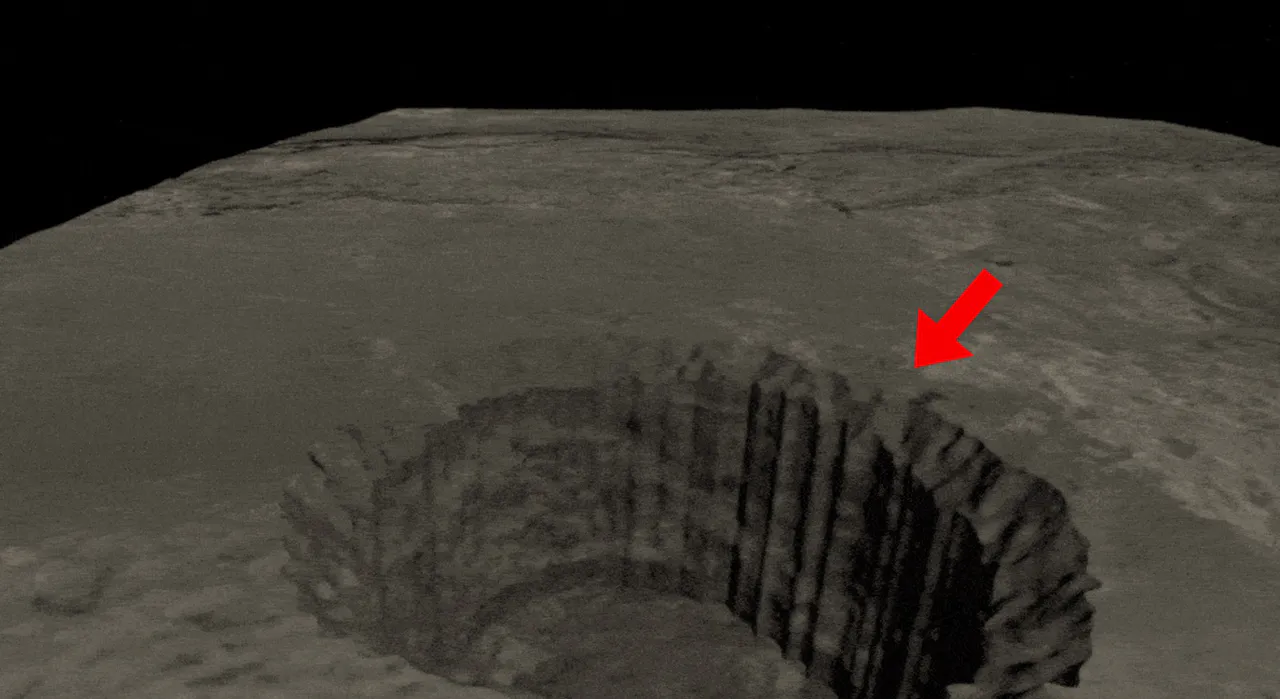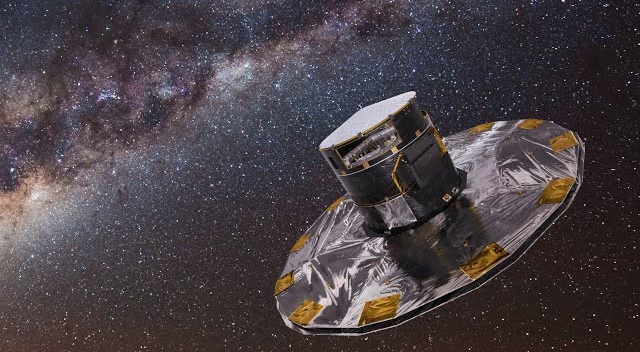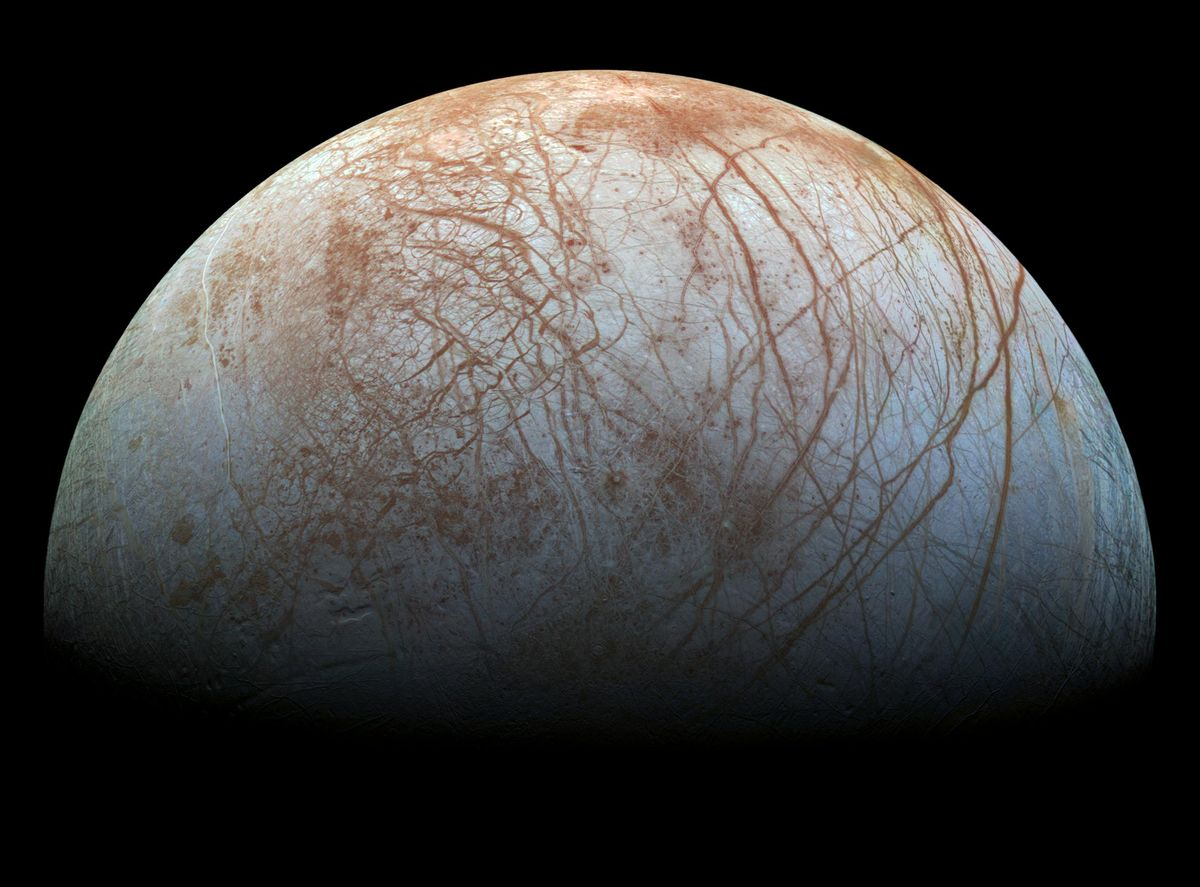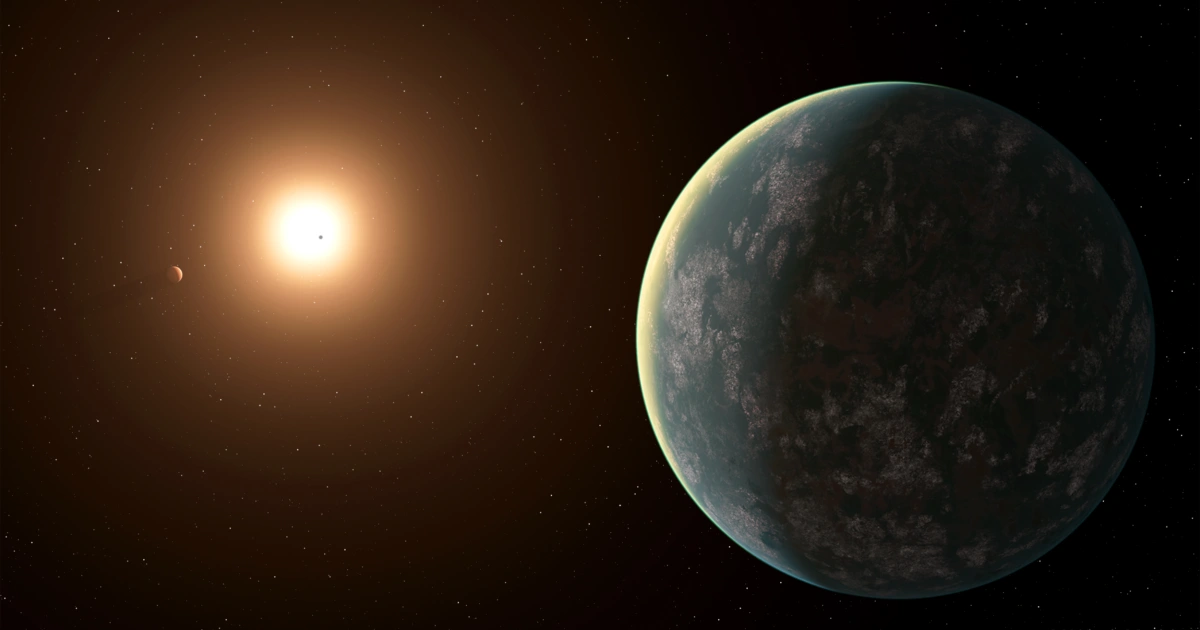Deep beneath the Moon’s dusty surface lie enigmatic voids known as lunar pits—skylight openings into vast lava tubes that may hold invaluable insights into the Moon’s origins. These underground structures, formed billions of years ago during volcanic activity, remain largely unexplored. NASA’s recent Artemis program and international robotic missions aim to send miniature drones and rovers into these pits, bridging our understanding of lunar geology, thermal dynamics, and potential habitats for future astronauts.
Scientific expertise underscores that lava tubes can preserve geological records better than surface samples. Their stable temperatures and shielding from cosmic radiation offer a unique window into volcanic layering and mineral composition. Studies led by lunar geophysicists use high-resolution imagery from the Lunar Reconnaissance Orbiter to identify pit locations and assess structural stability. Mission proposals highlight the use of tethered robots equipped with ground-penetrating radar and spectrometers to analyze strata, trace elements, and volatile compounds—essential for piecing together the Moon’s volcanic timeline.
Exploring lunar pits isn’t just academic—it has real potential for human space exploration. Lava tubes offer natural shelter, making them prime candidates for future moonbases with built-in protection against micrometeorites and temperature extremes. As robot scouts pave the way, engineers and mission planners can design habitats that harness this natural architecture. These ventures not only deepen scientific knowledge but also demonstrate how space exploration and habitation go hand in hand—turning silent voids into beacons of discovery.




